If you not only want to run longer or faster when running, but also want to become stronger and more efficient overall, you should include bodyweight training in your program.
A combination of cardio and strength exercises, in conjunction with sprint and distance training, not only helps to burn more fat, but also to increase performance and strengthen the cardiovascular system.
The five best bodyweight exercises for runners
1. Squat Jumps
Squat jumps promote stability and strength – both qualities that you need when running. This exercise is excellent when it comes to explosiveness. In addition, it quickly pushes you to your limits
Here, especially the calves, thighs and buttocks are stressed. At the same time, your heart rate goes up and makes you sweat.
This is how you perform squat jumps correctly:
- Put your feet apart at shoulder width to the maximum
- Hips below knee height, hold squat position short
- Feet leave the floor
- Shoulders, hips and knees in a line
2. Mountain Climbers
Mountain Climbers are perfect for training the middle of the body while working on endurance. This exercise uses the abdomen, shoulders and arms.
- Knee, hip and shoulder in line
- Foot at hand height
- Hip below shoulder height
- Count when the foot is at hand height. Each page counts as a repetition.
Make sure your feet and hands are in line. The mobility you gain will be useful to you on your next run.
3. Plank Switches
Planks are the number one core exercise – and plank switches are even better. This exercise not only appeals to the core muscles, but also requires a high degree of body tension and stability.
- Elbows under the shoulders
- Shoulders, hips and knees in a line
- Extend your elbows completely
- Count when the elbows are under the shoulders. Each page counts as a repetition.
It is important that you keep your hips as stable as possible while you push yourself up.
4. High Knees
High knees are not only a warm-up classic, but also perfect as part of your workout.
Runners in particular benefit from the exercise because the muscles around the hips, including the gluteal muscles, are stretched, which helps you to have a greater radius of movement and a more efficient step technique. Pay attention to these things when executing:
Knees above the hip
Count when the knees are above the hips. Each page counts as a repetition.
Our FIT FOR FUN tip: High knees are the perfect endurance alternative if you prefer to train indoors in the rain.
5. Glute Bridge
For mountain runs and sprints, you don’t just need quick legs, but a strong glute to explosively push yourself off the ground.
The biggest advantage of a strong and well-trained pos: You prevent frequent runner injuries such as the runner’s knee or problems with the Achilles tendon.
In case of insufficiently trained gluteal muscles, the forces are transferred downwards to the legs during running, which can lead to injuries in the long term. How to perform the exercise correctly:
- Shoulders throughout the floor
- Feet hip-width
- Buttocks touch the floor
- Hips fully stretched
- Count when the buttocks touch the floor
Make sure that you keep your butt tense when performing the Glute Bridges.
